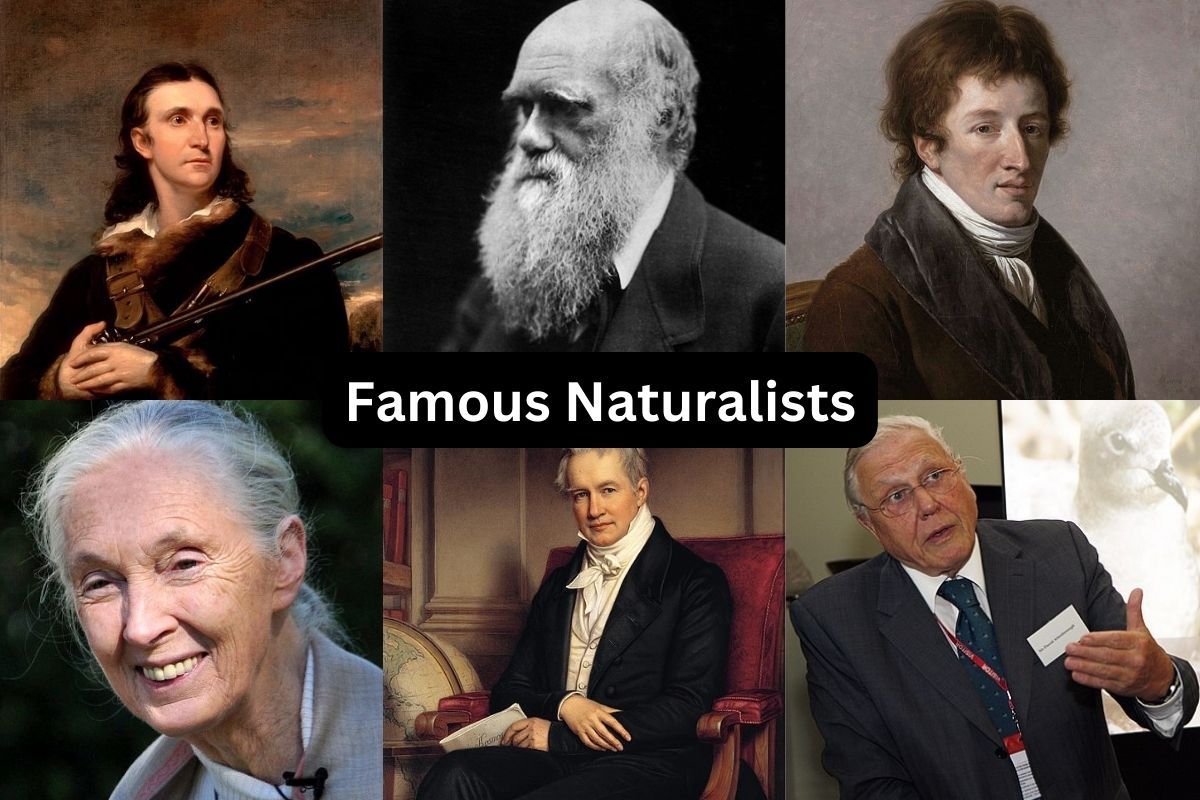Naturalists have left an indelible mark on our understanding of the natural world. From Darwin to Attenborough, their passion and scientific inquiry have shaped biology, ecology, and conservation.
In this article, we delve into the lives of notable naturalists, their remarkable achievements, and enduring legacies.
We explore the groundbreaking theories of Darwin and Wallace, who independently developed evolution by natural selection. We delve into Audubon’s bird illustrations, Goodall’s chimpanzee research, and the influential works of Carson and Wilson in the environmental movement.
By examining these famous naturalists, we gain a deeper understanding of our connection with nature and the importance of conservation. Join us on this journey to celebrate their brilliance and enduring contributions.
Famous Naturalists
1. Charles Darwin
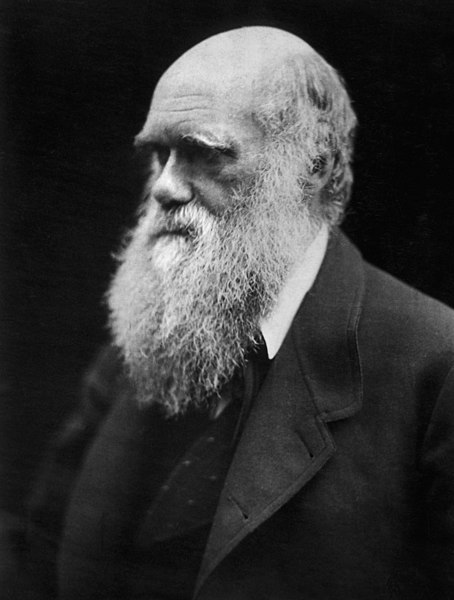
Charles Darwin (1809-1882) was an English naturalist, geologist, and biologist who is best known for his theory of evolution and natural selection. Darwin’s groundbreaking work on the origin of species revolutionized our understanding of the natural world.
In his book “On the Origin of Species” published in 1859, Darwin presented evidence for the gradual evolution of species through the process of natural selection.
He proposed that species evolve over time through the survival and reproduction of individuals with favorable traits, leading to the accumulation of beneficial characteristics in a population.
Darwin’s theory challenged the prevailing belief in special creation and provided a scientific explanation for the diversity of life on Earth. His work had profound implications for fields such as biology, paleontology, and anthropology.
During his lifetime, Darwin conducted extensive research and made important observations during his voyage on HMS Beagle, particularly in the Galapagos Islands. His studies of diverse species, including finches and tortoises, led him to develop his ideas about evolution and adaptation.
Today, Darwin’s theory of evolution is widely accepted as the foundation of modern biology. His work continues to inspire further research and remains a cornerstone of scientific understanding.
Darwin’s legacy as a naturalist and his impact on the field of biology are immense, and his contributions to science continue to shape our understanding of the natural world.
2. John James Audubon
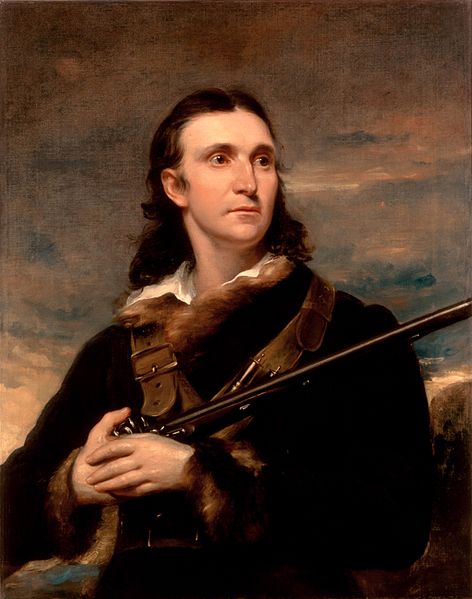
John James Audubon (1785-1851) was an American ornithologist, naturalist, and painter. He is famous for his extensive studies and illustrations of North American birds, which were compiled into his landmark work, “The Birds of America.”
Audubon’s detailed and lifelike illustrations captured the beauty and diversity of bird species in their natural habitats. His book remains a celebrated contribution to ornithology and is considered one of the finest works in the field.
His passion for birds and his efforts to document and raise awareness about them have made him an iconic figure in the study of avian life and conservation.
Audubon’s name is now synonymous with the protection of birds and their habitats through organizations such as the National Audubon Society.
3. Georges Cuvier
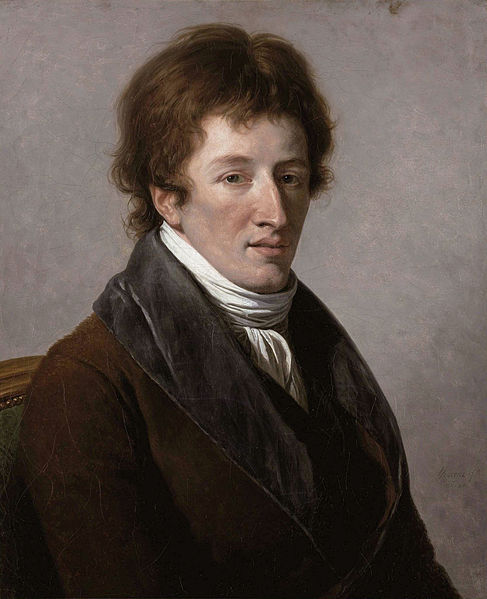
Georges Cuvier (1769-1832) was a French naturalist and zoologist. He is widely regarded as one of the founding fathers of paleontology and comparative anatomy. Cuvier made significant contributions to the field of biology through his work on the classification and study of animal fossils.
He developed the concept of “catastrophism,” which proposed that the Earth has experienced a series of catastrophic events in the past that caused the extinction of entire groups of organisms.
Cuvier’s meticulous examination of fossils allowed him to identify and describe numerous extinct species, bringing to light the concept of extinction itself.
Cuvier was a pioneer in the study of animal anatomy and developed a systematic approach to comparative anatomy, which involved comparing the anatomical structures of different organisms to understand their relationships and evolutionary history. He also established the importance of functional adaptation in determining the form and structure of organisms.
Cuvier’s work laid the foundation for the modern fields of paleontology, comparative anatomy, and evolutionary biology. His ideas and methods continue to influence scientific research in these disciplines to this day.
4. Alexander von Humboldt
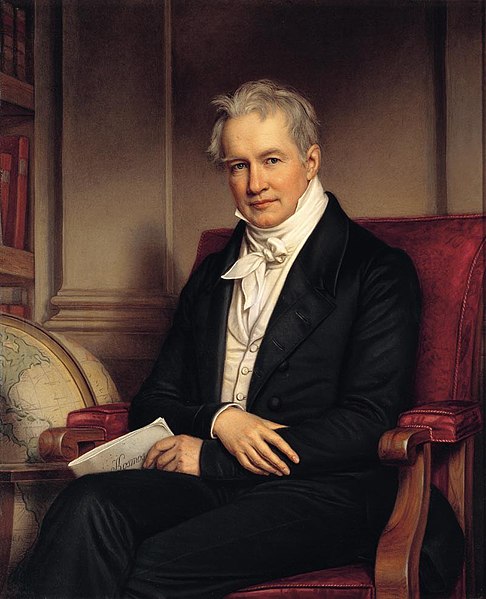
Alexander von Humboldt (1769-1859) was a German polymath, geographer, naturalist, and explorer. He made significant contributions to various scientific disciplines and is considered one of the most influential figures in the history of natural sciences.
Humboldt embarked on a five-year expedition to Latin America from 1799 to 1804, known as the “Humboldtian expedition,” where he conducted extensive scientific investigations and explored the region’s diverse ecosystems, flora, and fauna. He collected vast amounts of data on geology, climate, biology, and human cultures, which he later synthesized and published in his multi-volume work “Kosmos.”
He introduced the concept of “Naturgemälde” (painting of nature) to describe the integration of various scientific disciplines.
His contributions to the fields of physical geography, biogeography, and climatology were groundbreaking, and he played a crucial role in establishing the modern understanding of these disciplines.
Humboldt’s ideas influenced numerous scientists and thinkers, including Charles Darwin, and his holistic approach to studying nature laid the foundation for modern environmental science and ecology.
5. Jane Goodall
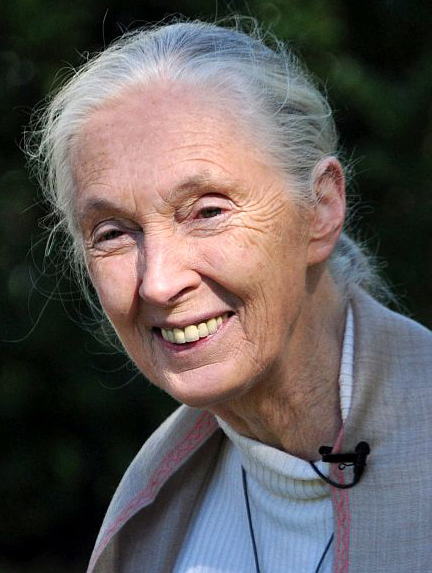
Jane Goodall (1934-present) is a British primatologist, anthropologist, and conservationist known for her groundbreaking research on chimpanzees in Tanzania. Her work has greatly advanced our understanding of primate behavior, ecology, and conservation.
Goodall began her research in Gombe Stream National Park in Tanzania in 1960, where she conducted a long-term study of wild chimpanzees.
Her observations challenged the prevailing scientific beliefs of the time by revealing the complex social and behavioral lives of chimpanzees, including tool use, hunting, and the formation of family bonds.
Goodall’s research pioneered the field of ethological primatology and contributed to our understanding of the evolutionary relationship between humans and chimpanzees.
She emphasized the importance of recognizing the individual personalities and emotional lives of animals, challenging the notion that humans are the only species capable of complex thoughts and emotions.
6. Alfred Russel Wallace
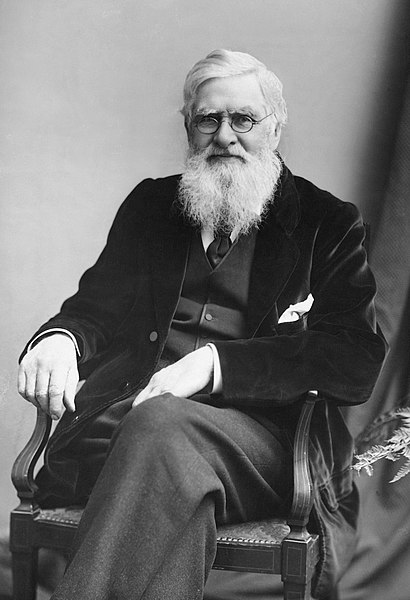
Alfred Russel Wallace (1823-1913) was a British naturalist, explorer, and biologist. He is best known for independently developing the theory of evolution through natural selection, which he presented jointly with Charles Darwin.
Wallace conducted extensive fieldwork and exploration in Southeast Asia, particularly in the Malay Archipelago (now Indonesia), where he studied the region’s rich biodiversity. During his travels, Wallace made numerous observations and collected a vast array of specimens, including thousands of species of animals and plants.
In 1858, Wallace wrote an essay outlining his theory of evolution through natural selection and sent it to Charles Darwin for his feedback.
To their astonishment, Darwin realized that Wallace’s theory was strikingly similar to his own, prompting him to hasten the publication of his own work, “On the Origin of Species.” The joint presentation of their findings in 1858 helped solidify the theory of evolution.
7. Carl Linnaeus
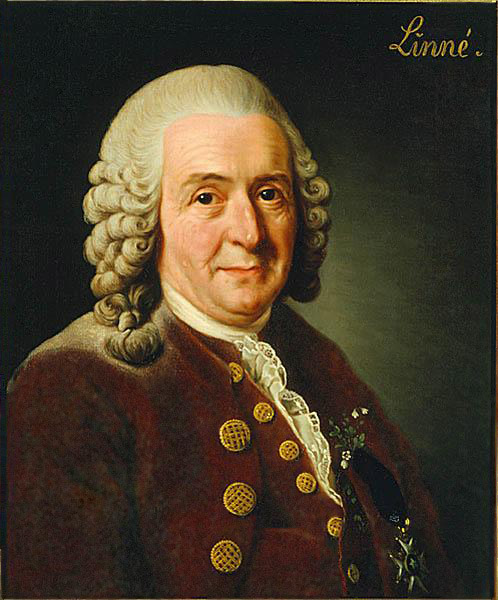
Carl Linnaeus (1707-1778), also known as Carl von Linné, was a Swedish botanist, physician, and zoologist. He is widely regarded as the father of modern taxonomy, the science of classifying and naming organisms.
Linnaeus developed a system of hierarchical classification and binomial nomenclature, where each species is assigned a unique two-part Latin name (genus and species).
This system, known as the Linnaean system, revolutionized the field of biology by providing a standardized and universally recognized way to organize and describe the diversity of life on Earth.
In 1735, Linnaeus published his most famous work, “Systema Naturae,” which laid out his classification system and provided descriptions of thousands of plant and animal species. This work underwent numerous revisions and expansions throughout Linnaeus’s lifetime and became a foundational text in the field of biology.
8. E. O. Wilson
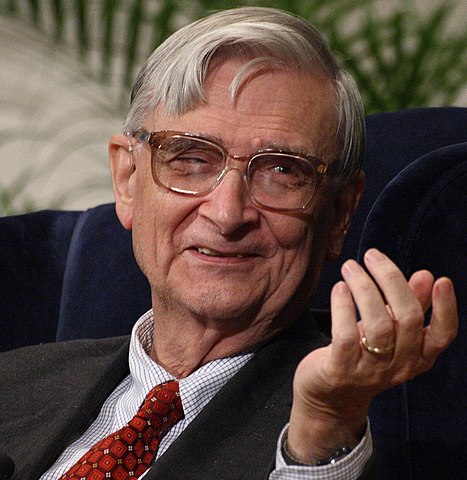
E. O. Wilson, whose full name is Edward Osborne Wilson, is an American biologist, researcher, and author. He was born on June 10, 1929. Wilson is recognized as one of the most prominent and influential scientists in the field of ecology and evolutionary biology.
Wilson has made significant contributions to the study of ant biology, sociobiology, biodiversity, and conservation. His research on ants, particularly his studies on their behavior and social organization, has provided valuable insights into the ecological and evolutionary dynamics of insect societies.
In the field of sociobiology, Wilson explored the biological basis of social behavior in various species, including humans.
His book “Sociobiology: The New Synthesis” (1975) sparked significant debate and controversy, but it also paved the way for the scientific examination of the genetic and evolutionary factors underlying social behavior.
Throughout his career, Wilson has authored numerous books, including “The Diversity of Life” (1992), in which he highlighted the urgent need for conservation efforts to protect Earth’s biodiversity.
He has received numerous awards and honors for his contributions to science and conservation, including the Pulitzer Prize for his book “On Human Nature” (1978).
9. David Attenborough
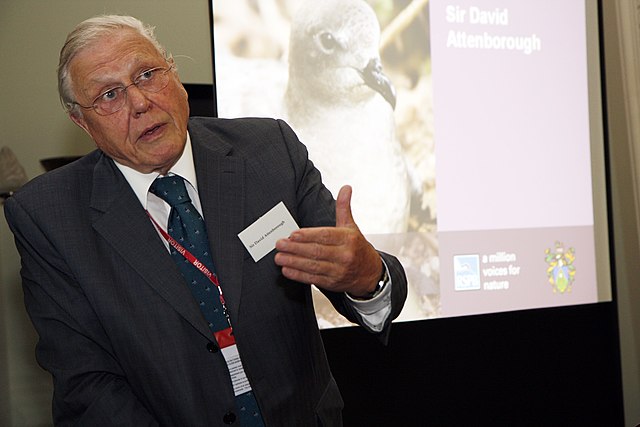
David Attenborough, full name Sir David Frederick Attenborough, is a British broadcaster, naturalist, and environmentalist. Born on May 8, 1926, he is widely recognized as one of the world’s most prominent and beloved natural history presenters.
Attenborough’s career in broadcasting spans several decades, during which he has hosted and narrated numerous groundbreaking nature documentaries. His iconic series include “Life on Earth,” “The Blue Planet,” “Planet Earth,” and “Our Planet,” among many others.
Through these programs, Attenborough has brought the wonders of the natural world into the homes of millions, captivating audiences with his enthusiasm, knowledge, and storytelling abilities.
Attenborough’s contributions to natural history and environmentalism have garnered numerous accolades and recognition. He has received multiple awards, including several BAFTA Awards and Primetime Emmy Awards. In 2020, he received the prestigious Indira Gandhi Peace Prize for his efforts in raising public awareness about environmental issues.
10. Dian Fossey
Dian Fossey (1932-1985) was an American primatologist and conservationist known for her extensive study and advocacy for mountain gorillas in Rwanda. Fossey dedicated her life to studying the behavior and ecology of gorillas, as well as working to protect them from poaching and habitat destruction.
Fossey first visited the mountainous region of Rwanda in 1963 and became enamored with the gorillas she encountered. She established the Karisoke Research Center in 1967, where she conducted long-term research on the gorilla population in the Virunga Mountains. Her study involved observing and documenting their social structure, feeding habits, and interactions.
Fossey’s groundbreaking work provided valuable insights into the lives of mountain gorillas, dispelling myths and misconceptions about these gentle and intelligent creatures. Her research also highlighted the threats they faced from poaching and habitat encroachment.
Fossey became an outspoken advocate for gorilla conservation, actively campaigning against poaching and raising awareness about the plight of mountain gorillas. She initiated anti-poaching patrols, worked with local communities, and lobbied for stronger protection measures.
Tragically, Fossey was murdered at her research camp in 1985, likely as a result of her unwavering commitment to protecting gorillas. Her legacy, however, lives on through the Dian Fossey Gorilla Fund International, which continues her conservation work in Rwanda and neighboring countries.
11. Rachel Carson
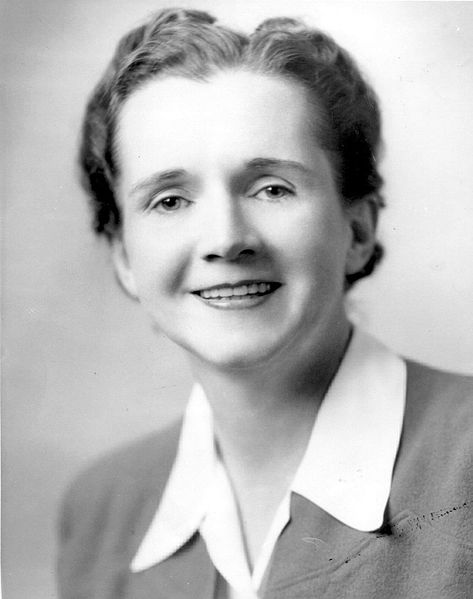
Rachel Carson (1907-1964) was an American marine biologist, conservationist, and writer who played a pivotal role in launching the modern environmental movement.
Her groundbreaking book, “Silent Spring,” published in 1962, brought attention to the harmful effects of pesticides, particularly DDT, on wildlife and the environment.
Carson’s meticulous research and compelling writing in “Silent Spring” exposed the indiscriminate use of pesticides and their impact on ecosystems, including the decline of bird populations due to the thinning of eggshells. The book sparked public concern and led to increased awareness about the dangers of chemical pollution.
Carson’s work challenged the prevailing notion that chemicals were inherently safe and highlighted the need for environmental regulation and sustainable practices. “Silent Spring” contributed to the banning of DDT and played a significant role in the establishment of the U.S. Environmental Protection Agency (EPA) in 1970.
Prior to “Silent Spring,” Carson had a successful career as a marine biologist and nature writer. Her book “The Sea Around Us” (1951) won the National Book Award and cemented her reputation as a gifted science writer who could effectively communicate complex ideas to a broad audience.
12. Henry Walter Bates
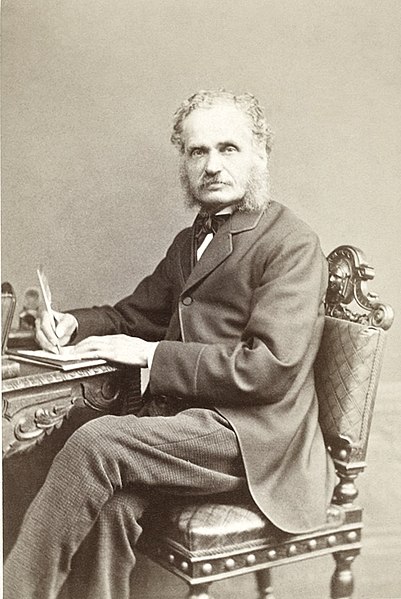
Henry Walter Bates (1825-1892) was an English naturalist and explorer who made significant contributions to the fields of entomology, biogeography, and evolutionary biology. He is best known for his studies on mimicry in butterflies and his exploration of the Amazon rainforest.
Bates embarked on an expedition to the Amazon in 1848, accompanied by the renowned naturalist Alfred Russel Wallace. During their time in South America, Bates conducted extensive fieldwork, collecting and documenting thousands of specimens of plants and animals.
One of Bates’s most notable discoveries was his observation of a phenomenon known as Batesian mimicry. He noticed that certain harmless butterflies in the Amazon displayed similar color patterns to toxic species, serving as a form of protective mimicry. Bates’s findings provided crucial evidence for the theory of natural selection and the role of mimicry in evolution.
Bates’s extensive collections and observations from the Amazon formed the basis of his influential book, “The Naturalist on the River Amazons” (1863), in which he detailed his experiences and discoveries during his expedition.
13. John Livingston
John Allen Livingston (1933-2018) was a Canadian philosopher, theologian, and environmentalist. He was known for his contributions to environmental ethics and his advocacy for the protection of the natural world.
Livingston’s work explored the ethical dimensions of human interactions with the environment. He emphasized the intrinsic value of nature and argued for a more harmonious and sustainable relationship between humans and the natural world.
Livingston’s influential book, “The Fallacy of Wildlife Conservation,” published in 1981, critiqued traditional approaches to conservation that prioritized human interests over the intrinsic value of wildlife.
He argued that conservation efforts should be grounded in a genuine concern for the well-being and autonomy of non-human species.
In addition to his philosophical contributions, Livingston was actively involved in environmental activism. He was a founding member of the Deep Ecology Movement, which sought to challenge anthropocentric views and promote a more ecocentric perspective that recognized the inherent worth of all living beings.
